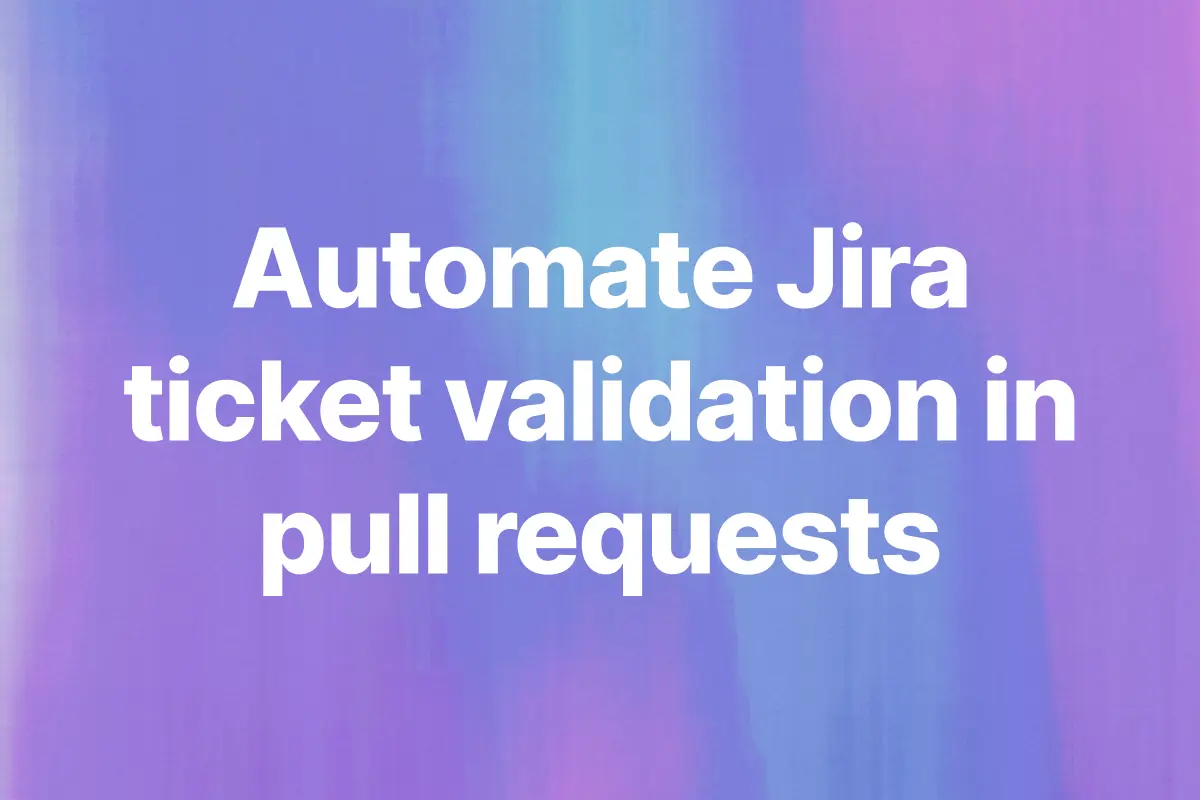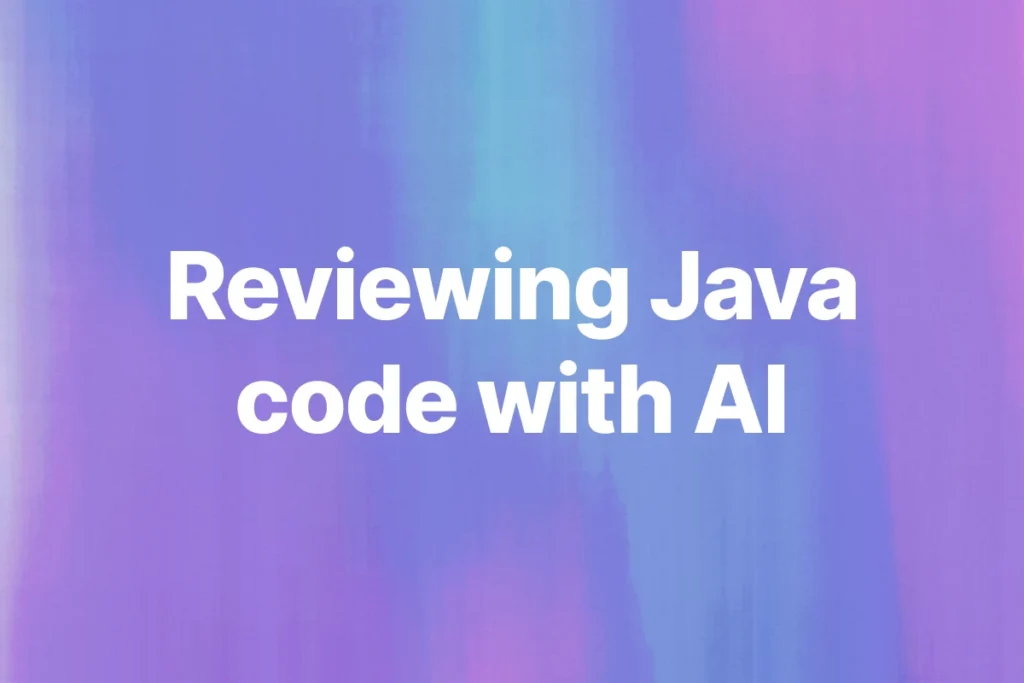When working in teams, one of the most common issues during code reviews is this:
- Does the pull request actually implement what the Jira ticket requires?
- Has the developer addressed the acceptance criteria, or just pushed code changes?
Manually checking this every time is tedious and error-prone. Reviewers often have to jump between Jira tickets, PR descriptions, and the code itself to validate that everything aligns. This slows down the process and leaves room for missed requirements.
The problem isn’t lazy developers or unclear tickets. It’s the fundamental disconnect between where requirements live (Jira) and where code gets reviewed (GitHub/GitLab/Bitbucket). This gap creates a systematic blind spot where functional requirements slip through even the most thorough review processes.
That’s where automating Jira ticket validation in pull requests becomes valuable. Instead of relying on human reviewers to map code changes back to Jira tickets, you can integrate tools like Bito that do this automatically as part of your code review workflow.
Why automate Jira ticket validation?
Automating this process helps teams:
- Reduce missed requirements – ensures PRs are tied to valid Jira tickets.
- Speed up reviews – reviewers can focus on quality and architecture, not ticket cross-checking.
- Improve traceability – every code change is linked back to its Jira issue.
- Enforce consistency – avoids “drive-by” commits that aren’t tied to product requirements.
In short, it brings discipline to the development workflow without adding overhead for developers.
How Bito automates Jira ticket validation
Bito integrates directly with both Git repositories (like GitHub, GitLab, or Bitbucket) and Jira.
Whenever you open a pull request, Bito automatically:
- Detects Jira ticket references in your pull request description, title, or branch name
- Crawls the linked Jira tickets to extract requirements from issue descriptions and related Stories/Epics
- Analyzes your code changes against these requirements
- Provides structured validation results directly in your pull request comments
This help reviewers quickly see whether the work in the pull request matches the requirements from the ticket or not.
Setting up Jira ticket validation with Bito
Here’s how you can enable Jira ticket validation in pull requests using Bito:
1. Connect Bito with Jira
- Go to your Bito dashboard.
- Navigate to Integrations → Jira.
- Authenticate using your Jira account.
- Select the projects where you want Bito to validate tickets.
2. Agent-specific settings
After completing the initial setup, you can control Jira integration on a per-agent basis:
- Go to the Repositories page in your Bito dashboard.
- Find the Agent instance you want to connect with Jira and open its settings.
- Within the Agent settings screen, click on the Integrations tab.
- Locate the Functional validation option and enable this setting to activate automatic pull request validation against Jira tickets.
Linking Jira tickets to pull requests
Bito offers multiple ways to link your Jira tickets with pull requests. You can use any of these methods:
Method 1: Branch name
Name your source branch using the Jira issue key:
feature/QP-123-implement-user-authentication
bugfix/QP-456-fix-login-error
Method 2: Pull request description
Include the Jira ticket reference in your PR description:
This PR implements user authentication as specified in QP-123.
Related tickets: QP-123, QP-124
OR
This PR implements shopping cart functionality as specified in:
https://your-company.atlassian.net/browse/QP-3
https://your-company.atlassian.net/browse/QP-7
Method 3: Pull request title
Include the Jira issue key in your PR title:
QP-123: Implement user authentication feature
[QP-456] Fix login validation error
Final thoughts
Automating Jira ticket validation isn’t just about saving time — it’s about improving quality and accountability across the team. By using Bito, you ensure every pull request is tied back to real product requirements, helping developers ship the right features faster while keeping reviewers focused on higher-value feedback.
The future of development workflows lies in eliminating manual context switching between tools and bringing relevant information directly into the code review process. Requirements validation is just the beginning — teams are already exploring automated validation of design specifications, API contracts, and security policies.
The most successful teams will be those that recognize requirements validation as a quality gate equivalent to automated testing. Just as we wouldn’t merge code without passing tests, we shouldn’t merge code without validating that it addresses the specified requirements.
As AI capabilities advance, the gap between what we build and what we were asked to build will become a competitive disadvantage. Teams that master automated requirements validation today are positioning themselves for a future where software quality includes both technical correctness and requirements completeness.
The question isn’t whether to automate requirements validation — it’s how quickly your team can implement it and start catching requirements gaps before they reach production.






